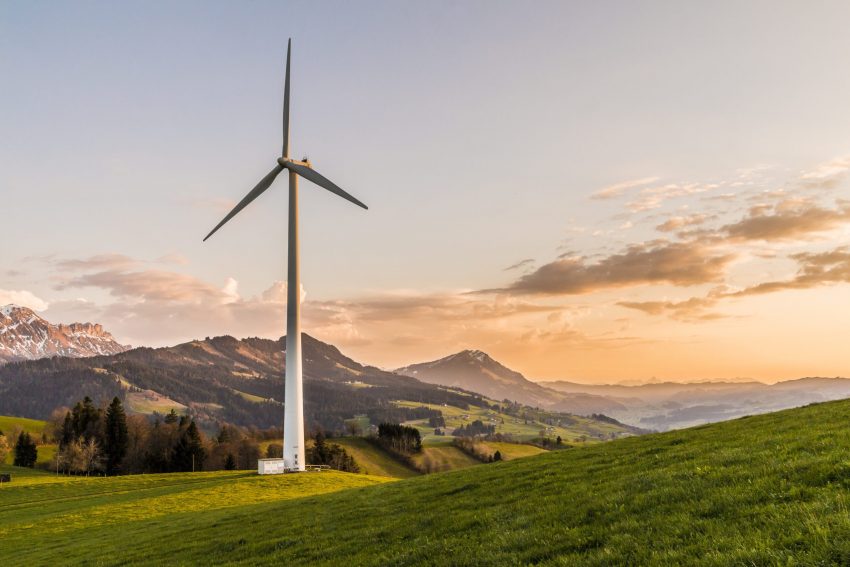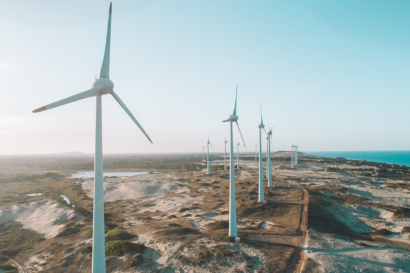REPORTS & BRIEFINGS | 27/06/2023
Powering Britain Affordably: Policy Priorities to Deliver a Decarbonised Power System

To reduce bills, improve energy security, and achieve net zero emissions by 2050, the UK needs to rapidly expand its renewable electricity supply and establish a grid that can deliver clean power across the country. The Government recognises this, with ambitious targets for offshore wind and solar, and a policy aim to fully decarbonise the power sector by 2035.
Progress so far has been positive. Power sector emissions rapidly declined between 2012-2020, and the UK’s offshore wind sector is world-leading. However,
further emissions reductions have plateaued, and eliminating remaining emissions to meet these targets will be challenging. Demand for electricity will double by 2050, offshore wind and solar need to expand four- to five-fold respectively, and to accommodate this, more grid infrastructure must be installed in the next 7 years than in the last 30.
As renewables won’t always meet total electricity demand, there is the added challenge of creating low carbon flexibility and backup generation. This requires a rapid increase in new and existing battery storage technologies, as well as green hydrogen production, which is made with (and can store) excess electricity supply.
This briefing sets out priority policy measures to increase investment in renewables and storage (Section 1), accelerate grid expansion (Section 2), and establish low carbon flexibility (Section 3). These are the conditions that must be met to decarbonise the grid by 2035.


